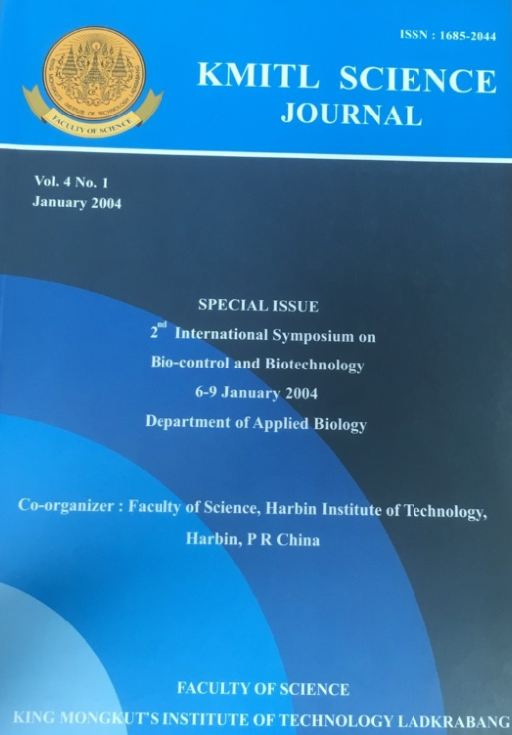The yeast and E. coli shuttle vector pYES2 and Saccharomyces cerevisiae H158 were used. The influence of the sonication treatment on yeast LiAc/SS-DNA/PEG transformation protocol was studied, and four main factors that influenced the transformation efficiency were optimized. Using the optimized protocol, the recombinant plasmid pYES2-CBHI was transform into H158. The results show that, sonication for 60s can increase the transformation efficiency to 1.1x103/µg plasmid. But when the treatment lasted more than 60s, the efficiency decreased sharply. Analysis of the orthogonal experiment indicate that group 5 (sonication time 60 seconds, incubation 40 minutes, SS-DNA 150µg, heat shock time 5 minutes) gave the best results. The main affecting factor was the quantity of the SS-DNA. The transformants of pYES2-CBHI were identified and the results indicate that the recombinant plasmid was transformed into the yeast cells with high efficiency.
Keywords: Saccharomyces cerevisiae, pYES2; transformation; sonication treatment
Corresponding author: E-mail: yangq@hope.hit.ecu.cn
Beidong, L. ., Qian*, Y. ., Dianfu, C. ., Qi, Z. ., Jinzhu, S. ., & Heng, L. . (2018). Optimization of the Sonication Assisted LiAc/SS-DNA/PEG Transformation of Saccharomyces cerevisiae. CURRENT APPLIED SCIENCE AND TECHNOLOGY, 45-52.

https://cast.kmitl.ac.th/articles/151823